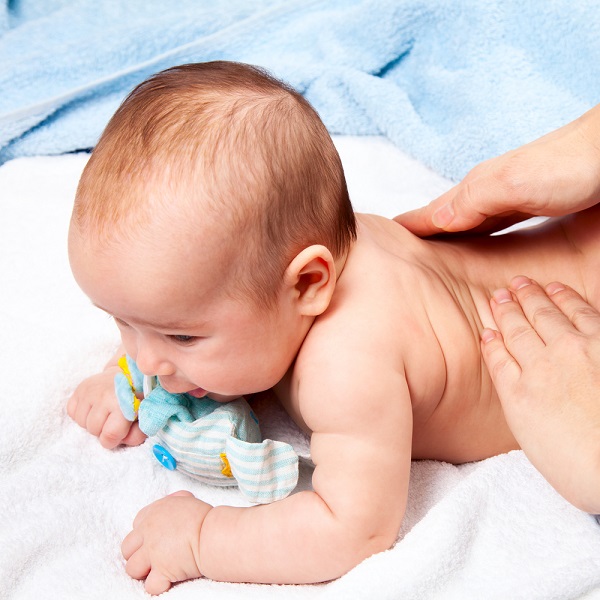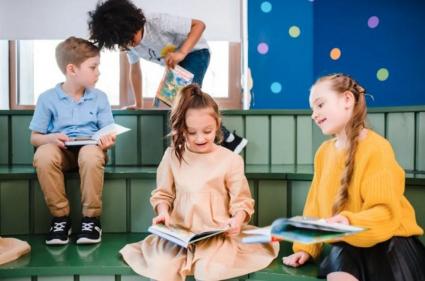
One of the best parts of my job is working with children. They are always so refreshing to work with, and they always make me look at things differently. I often have a parent say to me, "Why would I massage my child, sure there is nothing wrong with them?" And I always reply, "Why wouldn’t you massage them?"
Making memories and just enjoying the time that you spend together is just one part of Paediatric Massage and Autism Touch Therapy. There’s so much more to it all.
We know through research that we all need touch - it’s a basic human need. Within 20 seconds of massage therapy, the feel-good hormone oxytocin is released. Another hormone, dopamine, is released which is a chemical and a neurotransmitter; this plays an important role in many nervous system functions, including mood, sleep, movement and motivation.
When a parent learns to massage their child, there can be a variety of reasons for doing so. It may be purely for relaxation purposes and to help the child to become more accustom to tactile stimulation. It may be to regulate the child’s sleep patterns or increase trust and bonding. A child may become more aware of their body and personal space, encouraging them to verbalise when someone is too close. For the parent, it may increase confidence in parenting and caregiving skills, while providing a special time to bond with your child.
Paediatric Massage provides an opportunity to learn your child’s cues and unique forms of communication while promoting the release of nurturing hormones and providing relaxation. It’s important to remember that paediatric massage can be given and received over the child’s clothing, once permission has been given. With that in mind, a child can receive a massage as part of their daily, weekly routine.

There are many benefits to massaging a child as young as a week old, to early teens. For example, with infants, massage therapy may help with weight gain and improve respiratory function. If a child is in hospital, it has been reported that massage therapy may reduce the length of stay for the child. Sleep patterns may also improve as the production of melatonin is boosted.
Children with special healthcare needs can also benefit greatly from massage therapy with additional benefits. Massage Therapy may help to improve muscle tone. A lot of children have high or low muscle tone, with some having both - depending on their needs. Joint mobility may also improve through massage therapy, while abdominal massage can have some fantastic results; improving bowel movements, giving relief from ongoing constipation.
Another fun and interactive side to massage therapy is massage through storytelling, and it can be a fun way to get all the family together. Once the strokes are learnt, imagination takes over: making a pizza, planting a garden, nursery rhymes - the list is endless. Children will start to get involved and add to the story, making it their own. Throughout each session, the children are encouraged to give feedback and explain how they are feeling. As a result, they learn to communicate confidently when they don’t like something, and start to express themselves in a more empathetic and confident way towards others.
In general, massage therapy and bodywork is becoming more popular now within the medical profession as a support tool for many reasons, as it’s a drug-free and non-invasive way to comfort children when needed, and promotes many social skills naturally. It’s a skill; and once learned, it can be used throughout a child’s life.
So, why would you think about massaging your child, why not?








